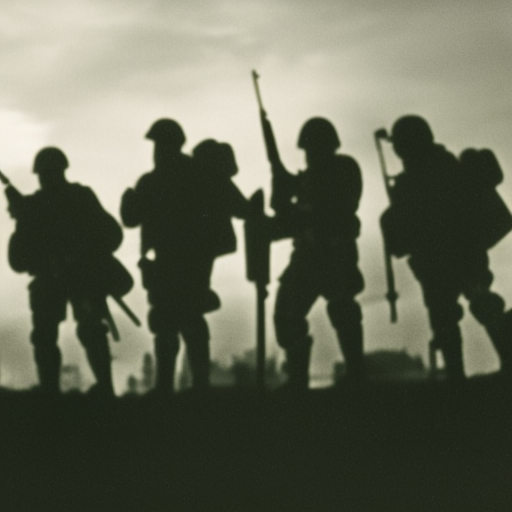Battle of Hasselt: A Decisive Conflict in the Eighty Years’ War
The Battle of Hasselt was a significant event that took place during the Eighty Years’ War between the Dutch Republic and the Spanish Empire. Occurring on June 8, 1605, the battle was fought near the town of Hasselt in present-day Belgium. The conflict resulted in a decisive victory for the Dutch forces, led by Maurice of Nassau, over the Spanish army commanded by Ambrogio Spinola.
Background: The Eighty Years’ War, also known as the Dutch War of Independence, was a protracted conflict fought between the Dutch Republic and the Spanish Empire. The war began in 1568 and lasted until 1648, with intermittent periods of truce. The Dutch Republic sought to gain independence from Spanish rule and establish itself as a sovereign state.
Spanish Offensive: In 1605, the Spanish Empire, under the leadership of Ambrogio Spinola, launched a major offensive against the Dutch Republic. Spinola aimed to capture several key towns in the region of Overijssel, including Hasselt. The Spanish forces were well-equipped and experienced, posing a significant threat to the Dutch.
Dutch Defensive Strategy: Maurice of Nassau, the Stadtholder of the Dutch Republic, devised a defensive strategy to counter the Spanish offensive. He decided to concentrate his forces and engage the Spanish army in a decisive battle, rather than engaging in a series of small skirmishes. Maurice selected the town of Hasselt as the location for the battle, as it provided favorable terrain for the Dutch forces.
The Battle: On June 8, 1605, the Spanish army, numbering around 10,000 soldiers, advanced towards Hasselt. The Dutch forces, consisting of approximately 7,000 troops, were well-prepared and positioned themselves strategically. The battle began with an intense artillery exchange, followed by infantry clashes.
Dutch Victory: Despite being outnumbered, the Dutch forces managed to repel the Spanish attacks and inflict heavy casualties. The Spanish army, unable to break through the Dutch lines, eventually retreated. The Battle of Hasselt marked a significant victory for the Dutch Republic, boosting their morale and demonstrating their military prowess.
Consequences: The Dutch victory at Hasselt had several important consequences. Firstly, it halted the Spanish offensive and prevented the capture of key towns in Overijssel. The battle also showcased the effectiveness of Maurice of Nassau’s defensive strategy, earning him further recognition as a skilled military commander. Additionally, the Dutch victory at Hasselt strengthened the resolve of the Dutch Republic in its struggle for independence.
Legacy: The Battle of Hasselt is remembered as a crucial event in the Eighty Years’ War. It demonstrated the Dutch Republic’s ability to withstand Spanish aggression and marked a turning point in the conflict. The battle also highlighted the importance of strategic planning and defensive tactics in warfare.
In conclusion, the Battle of Hasselt was a decisive conflict in the Eighty Years’ War between the Dutch Republic and the Spanish Empire. The Dutch forces, led by Maurice of Nassau, achieved a significant victory over the Spanish army commanded by Ambrogio Spinola. The battle halted the Spanish offensive and boosted the morale of the Dutch Republic, further strengthening their resolve in their struggle for independence. The Battle of Hasselt remains an important event in the history of the Eighty Years’ War and serves as a testament to the Dutch Republic’s military capabilities.












